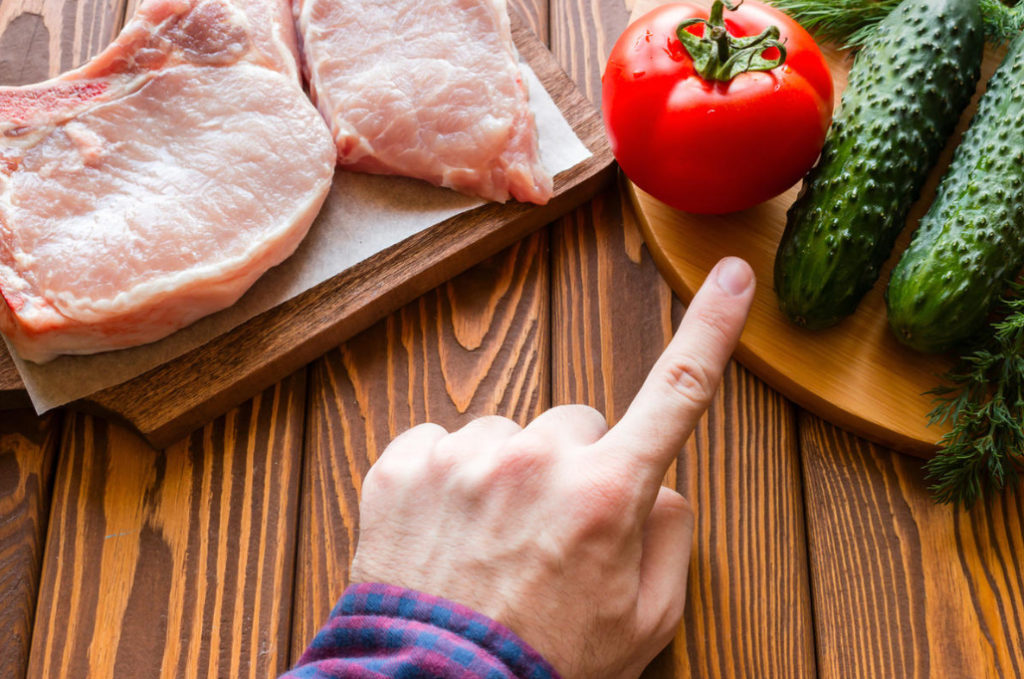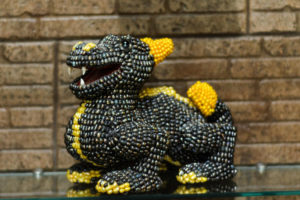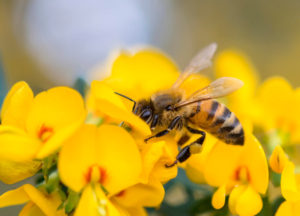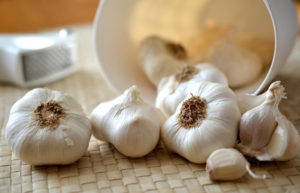In the domestic sense, vegetarianism means a diet in which there are no meat products. Meanwhile, vegetarianism as a phenomenon and as a movement is much wider and more diverse. In addition to the actual diet, it almost always carries ideological underpinnings, certain beliefs that do not allow eating the flesh of other living beings. Let’s try to understand what it is – vegetarianism, and “what it eats.”
Types of vegetarianism
Types of vegetarianism differ in the degree of radicality of the attitude to products of animal origin – from the consent to eat animal products not directly related to the murder of animals (milk, eggs) – to the categorical rejection of even those products that are produced by animals from vegetable raw materials (eg, honey). So what are the types or levels of vegetarianism?
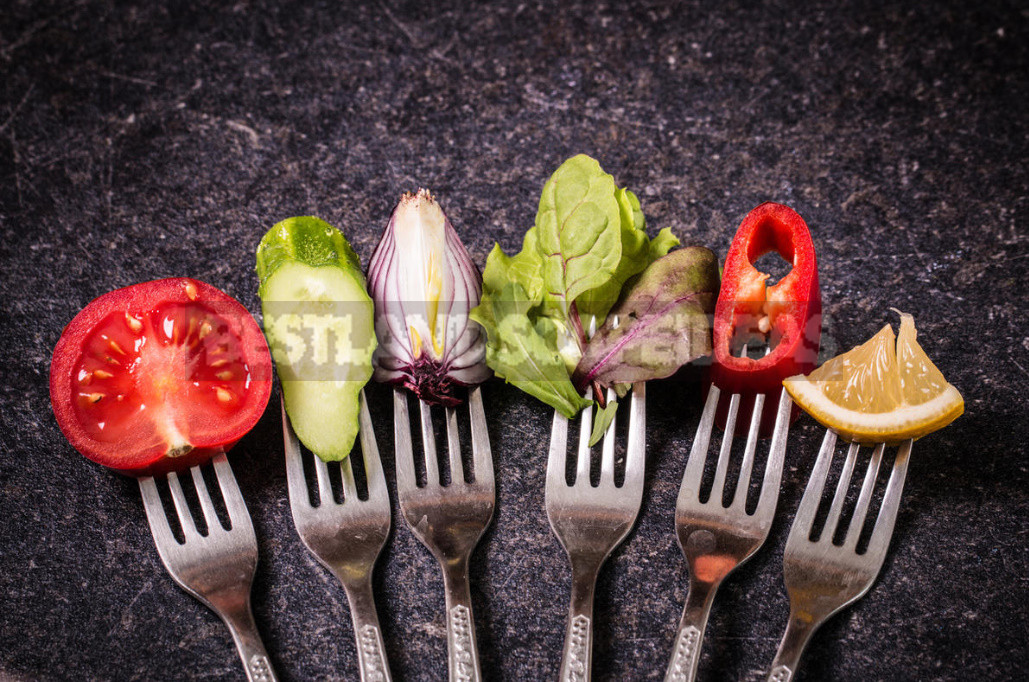
Vegans
This is the most radical group of vegetarians. Vegans do not consume any animal products or animal by-products. Therefore, vegans naturally do not consume red or white meat, fish or poultry. They also do not eat eggs or dairy products. Vegans do not use honey or beeswax, gelatin, or any other ingredients or animal products. Vegans usually do not wear clothing made from animal raw materials such as silk, leather, and wool.
Lacto-vegetarians
Lacto-vegetarians do not eat red or white meat, fish, poultry and eggs. However, they use dairy products – cheese, milk, dairy products.
Ovo-vegetarians
This vegetarian group practices the rejection of meat, fish, poultry and dairy products. But eggs and products with eggs in the composition of the for ovo-vegetarians acceptable.
Lacto-ovo-vegetarians
This is the most common type of vegetarianism. Lacto-ovo-vegetarians do not eat red and white meat, fish or poultry — products associated with the murder of animals.

However, they left in their diet milk, cheese, dairy products, as well as eggs — all that can give animals without sacrificing their lives.
The pollotarians
Pollotarians are called people who adhere to a diet that limits meat consumption only poultry and eggs. Pollotarians do not consume red meat, fish and seafood. This approach is called a “semi-vegetarian” or “flexible” diet.
The pescatarians
Like the previous group, it is supporters of the “semi-vegetarian” diet, these people limit the consumption of meat only fish and seafood. Pescatarians do not eat red and white meat, as well as poultry.
Flexitarians
Flexitarians call those who seek to limit the use of meat, to minimize it and build a diet mainly on plants, but if there are no other options for saturation, eat both dairy and meat products. This is not considered a vegetarian diet in the strict sense, but flexitarians are the reserve from which the ranks of real vegetarians are replenished.
What do vegetarians eat?
The most common problem of vegetarian diet is considered to be the difficulty of a balanced diet. It is believed that those who practice a vegetarian and semi-vegetarian lifestyle, in the body formed a deficiency of protein, calcium, iron and some vitamins (in particular B12, which is only in animal products), which are necessary for human survival.

However, vegetarians themselves believe it is a misconception that these substances can not be obtained from plant sources. As argument vegetarians point to example large animals: elephants, giraffes, elk, horses, cows. Where do they get calcium for their giant bones, vitamins for their shiny coat, fats to keep them warm in winter? Of course, from plants!
I must say that sometimes doctors prescribe a temporary plant-based diet (not considering it dangerous) for some health problems, for example, to reduce weight, blood pressure, lower cholesterol, etc.
This is not a complete list of non-meat sources of protein, calcium and iron. Most of them are of vegetable origin and are used by both vegans and vegetarians.
Vegetarian protein sources
Nuts, soy products (tofu, Tempe, miso, soy milk, Edam), seeds and sprouts, grains (quinoa, amaranth), legumes. For lacto-ovo vegetarians, dairy products and eggs are also excellent sources of protein.
Vegetarian sources of iron
Again — legumes such as Lima beans, soy products, bread, broccoli, dates, molasses (molasses), peas, rice, pasta, spinach, nuts (almonds and Brazil nuts), seeds, dried fruits (prunes, dried apricots, raisins), cabbage, asparagus.
Vegetarian sources of calcium
Many spices contain a surprisingly high percentage of calcium, such as celery seeds, dill, poppy, fennel, sesame, cumin, coriander, anise, mustard, etc. Fresh Basil also contains a large amount of calcium. A lot of calcium in soybeans and other beans, almonds and peanuts, tofu, arugula, cabbage and other green vegetables, seaweed, figs, sun-dried tomatoes, peanut butter. For non-vegans it is also cheese, yogurt, milk and other dairy products that are excellent sources of calcium.
The ideology of vegetarianism
As mentioned earlier, in Western culture (as opposed to Eastern) people are rarely born vegetarians (in other words, born in families for which the vegetarian type of food is natural).
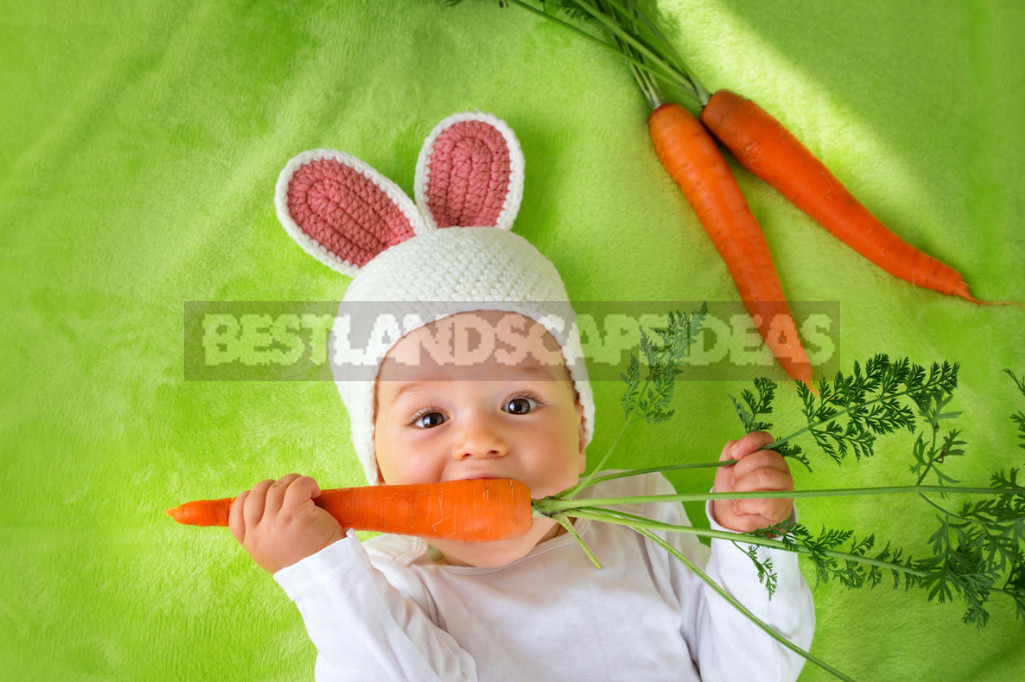
Most often, modern man comes to vegetarianism as a result of certain views and beliefs. Here is a short list of motivations that lead people to plant nutrition:
- compassion for animals, denial of killing living things;
- taking care of your own health, confidence that the plant diet is healthier for the human body;
- concern about the ecology of the surrounding world, the certainty that the animal gets the Ground irreparable damage;
- adherence to some religious dogmas, which include vegetarianism.
The ideology of vegetarianism, as well as its history, is rich in a variety of ideas, events and characters. As the world’s population continues to grow and resources to dwindle, vegetarianism, for all its contradictions, shows humanity one way forward.
